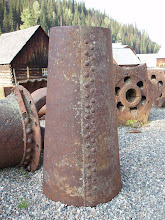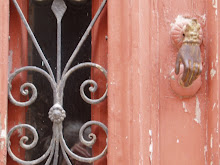Following up on my last post, here's a list of lots of Dos and a few Don'ts that might help you if you are consigning work for the first time.
- Do some investigation into the store or gallery. Preferably visit it in person and meet the owner. Or if it is long distance, talk with the owner and ask for pictures of the interior.
- Do ask for a contract if one is not offered. The contract needs to spell out who is responsible for the work when in the store, who pays for shipping work to and from the store and what is their policy on lost and stolen items.
- Do ask what the commission split is, when payments are made.
- Do expect payment in a timely manner.
- Do keep your own inventory list and check off items as they sell.
- Do offer to help promote your own work. Send images and artist statements promptly.
- Do send new inventory regularly as pieces sell. A good display is key to selling well.
- Do give the gallery at least 6 months to sell anything before re-assessing.
- Do exchange pieces if they don't sell.
- Do give gallery 2-3 weeks notice if you want your work returned.
- Do stop by if the place is local, check your work, offer to clean it and generally be helpful.
- Do be nice, friendly and reliable to work with.
- Do be open to suggestions.
- Do expect politeness, respect and good business practices from the gallery or store.

- Don't tell the owner how to run their business.
- Don't complain needlessly - save your complaints for when they are justified. Justifiable complaints include - not being paid in a regular timely manner; owner does not return calls or emails; your work is not displayed; your pieces get lost stolen or damaged.
- Don't send work off and then forget all about it.
- Don't hesitate to tell the owner if your inventory list does not match theirs, or if their is a mistake on a payment slip.
- If your work is not selling at all and you have given it at least 6 months then don't hesitate to take it out, try somewhere else or try a different line of work maybe at a different price point.
Sounds like the artist carries a lot of the weight? Well yes they do, but there is an enormous amount of work involved in running a gallery or store and working to sell art. If you are an artist who makes good work, is reliable and professional to deal with and you come across a gallery owner who is the same then the chances are that you will develop a very good working relationship which will benefit you both.























